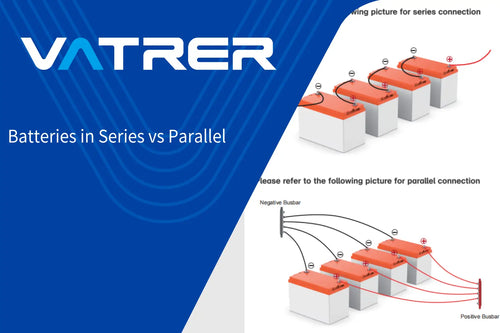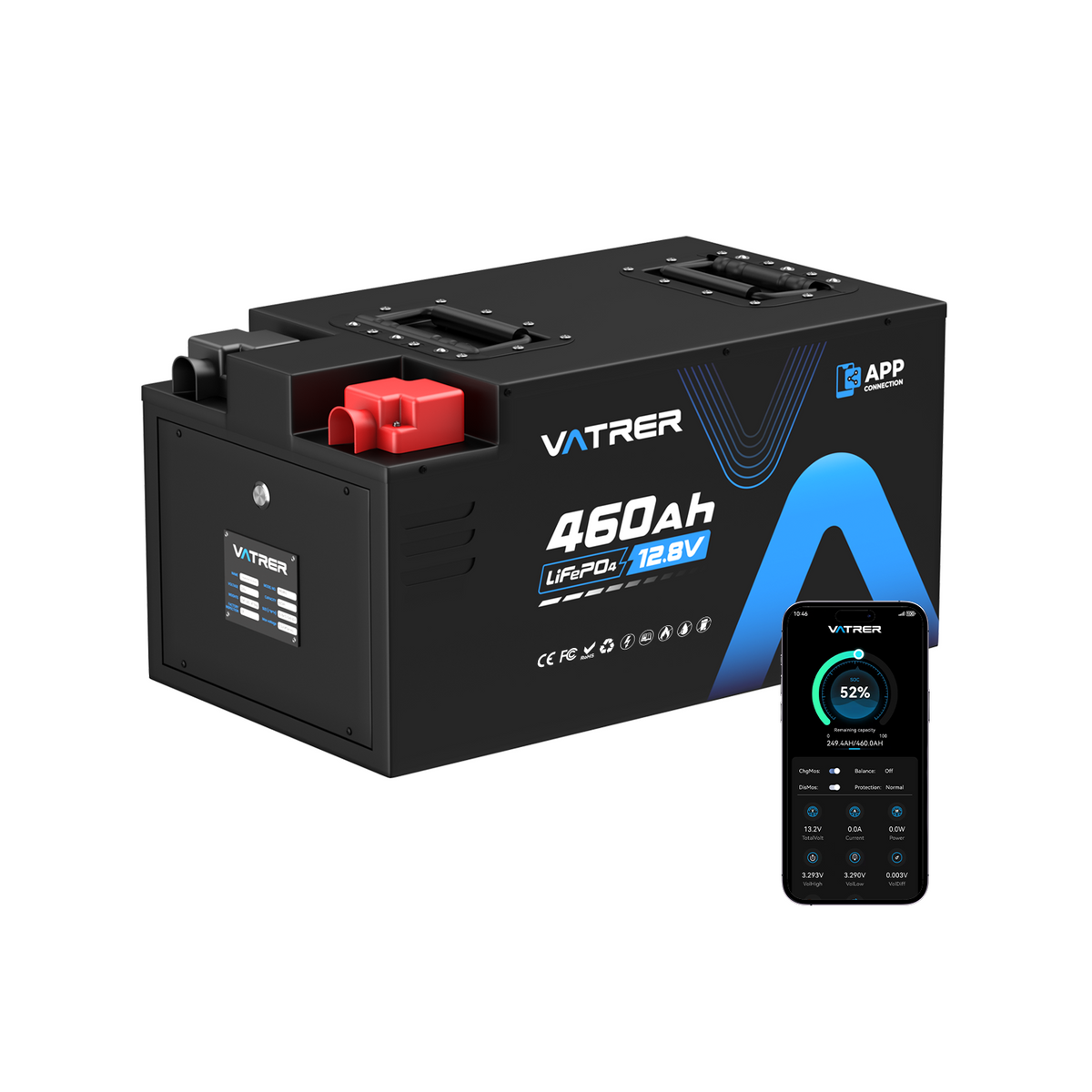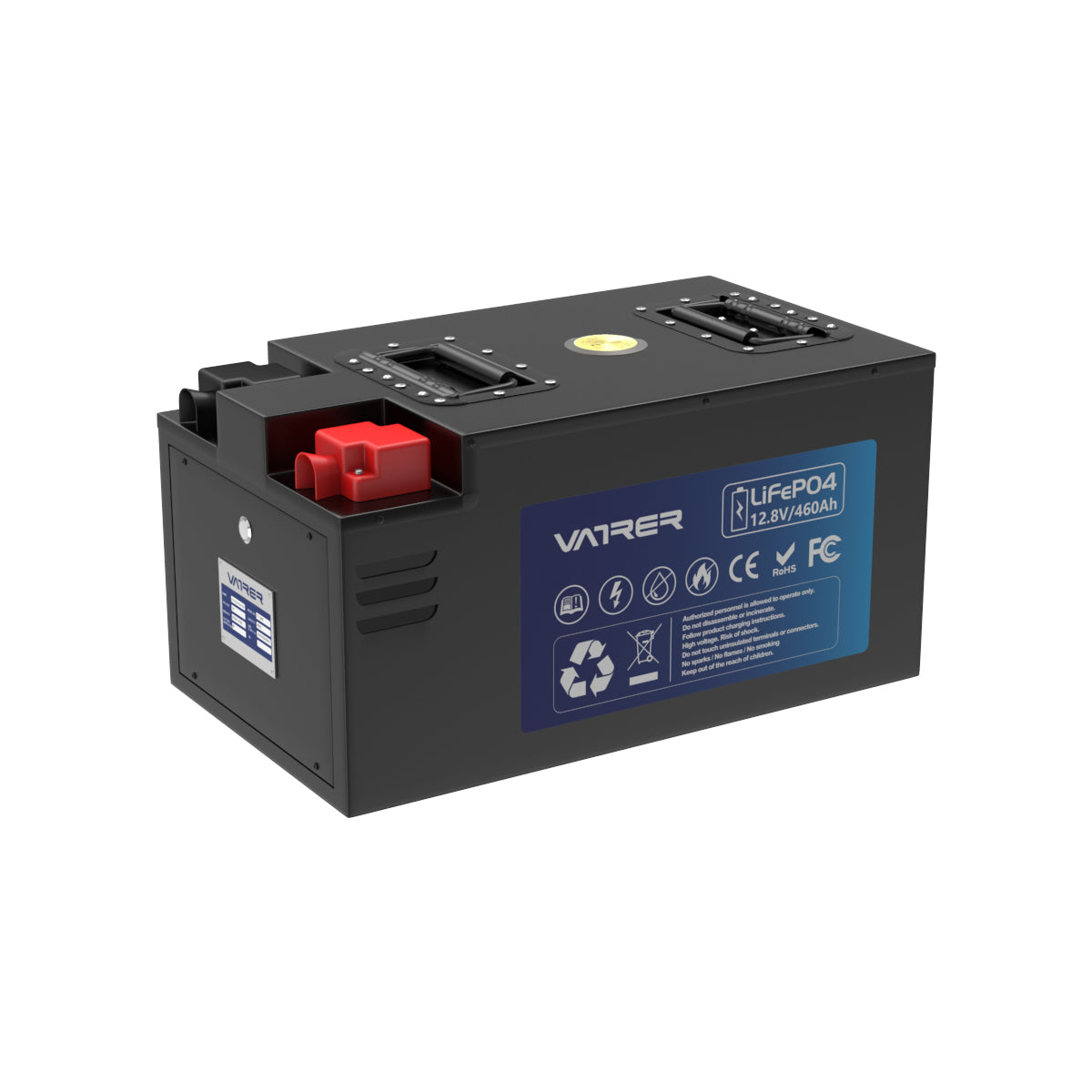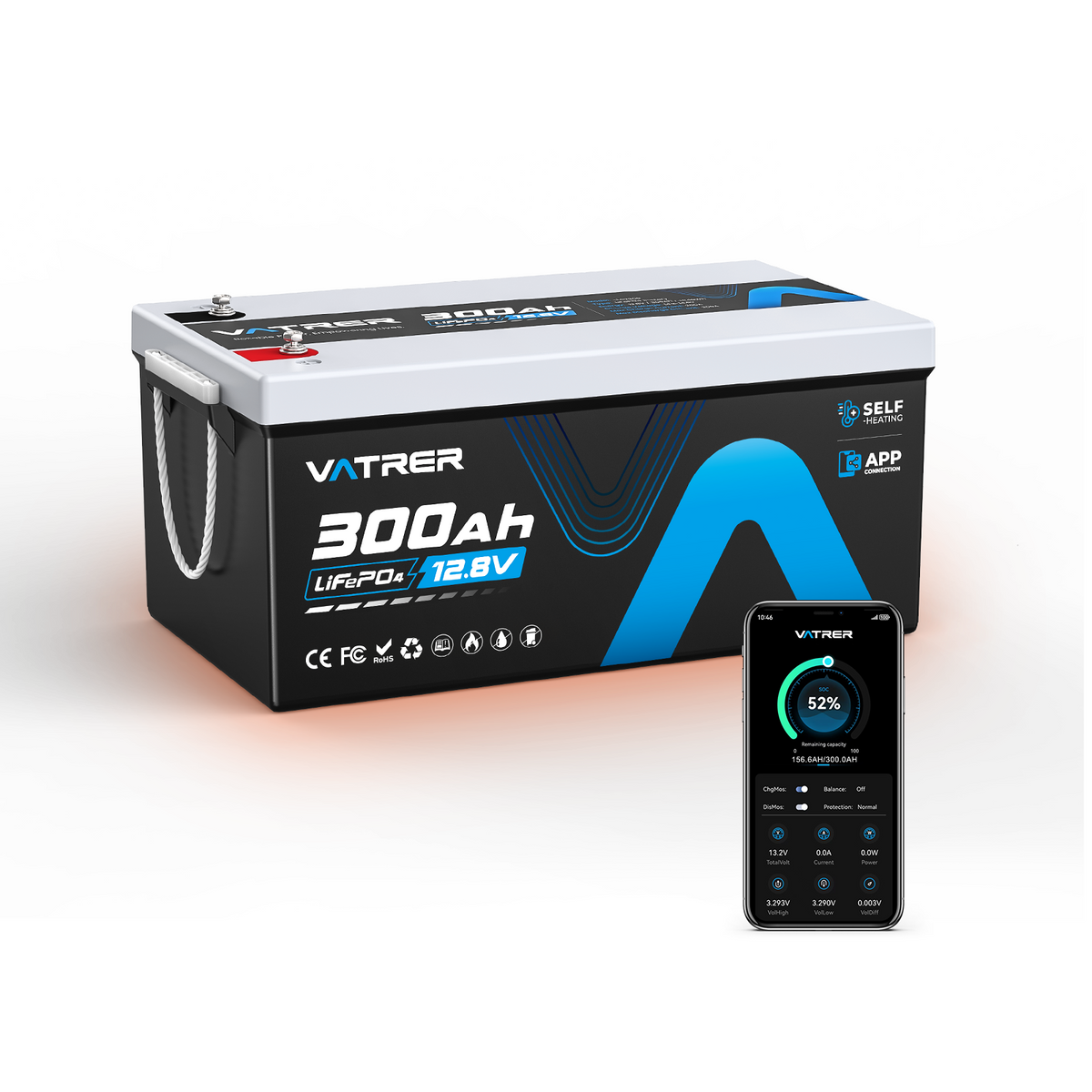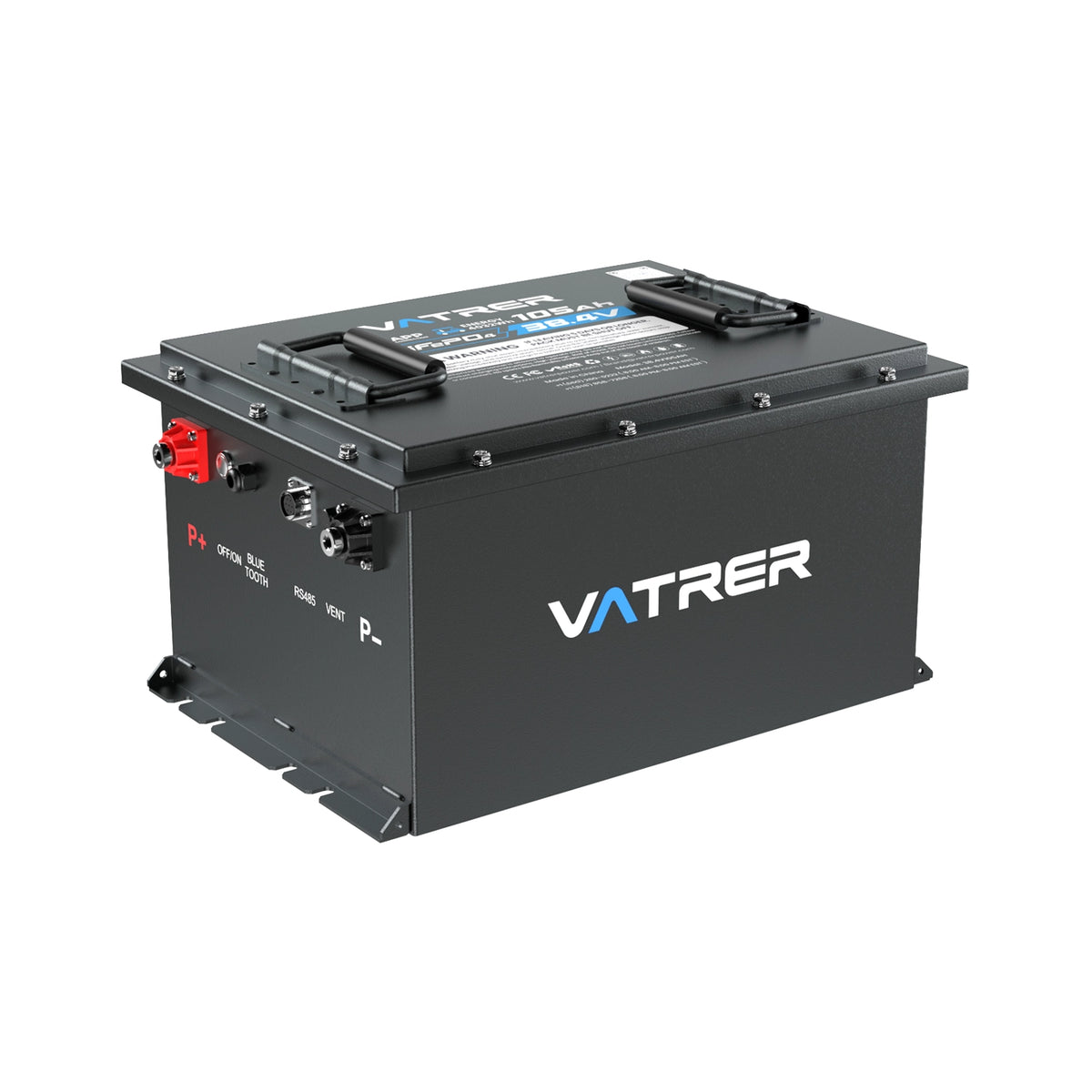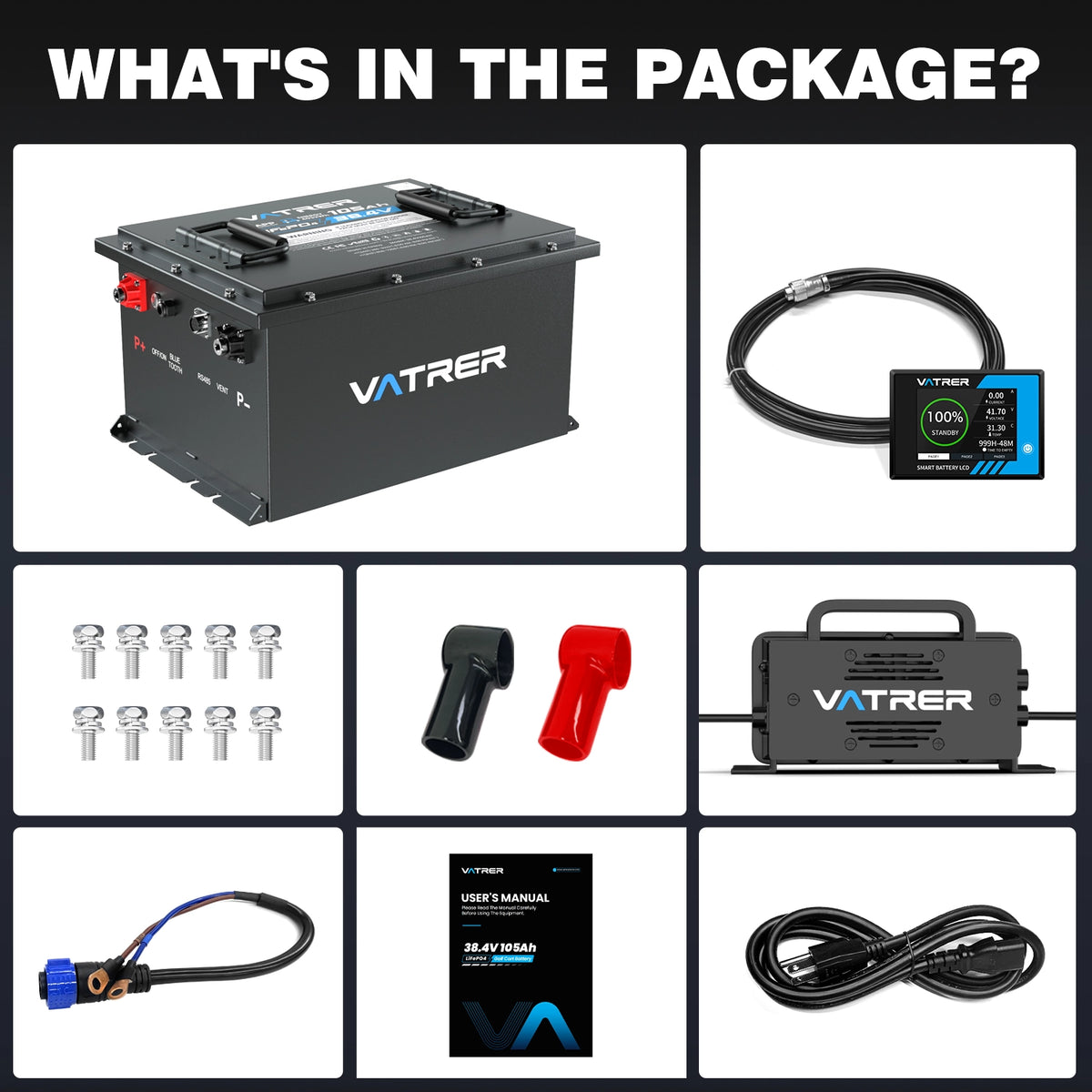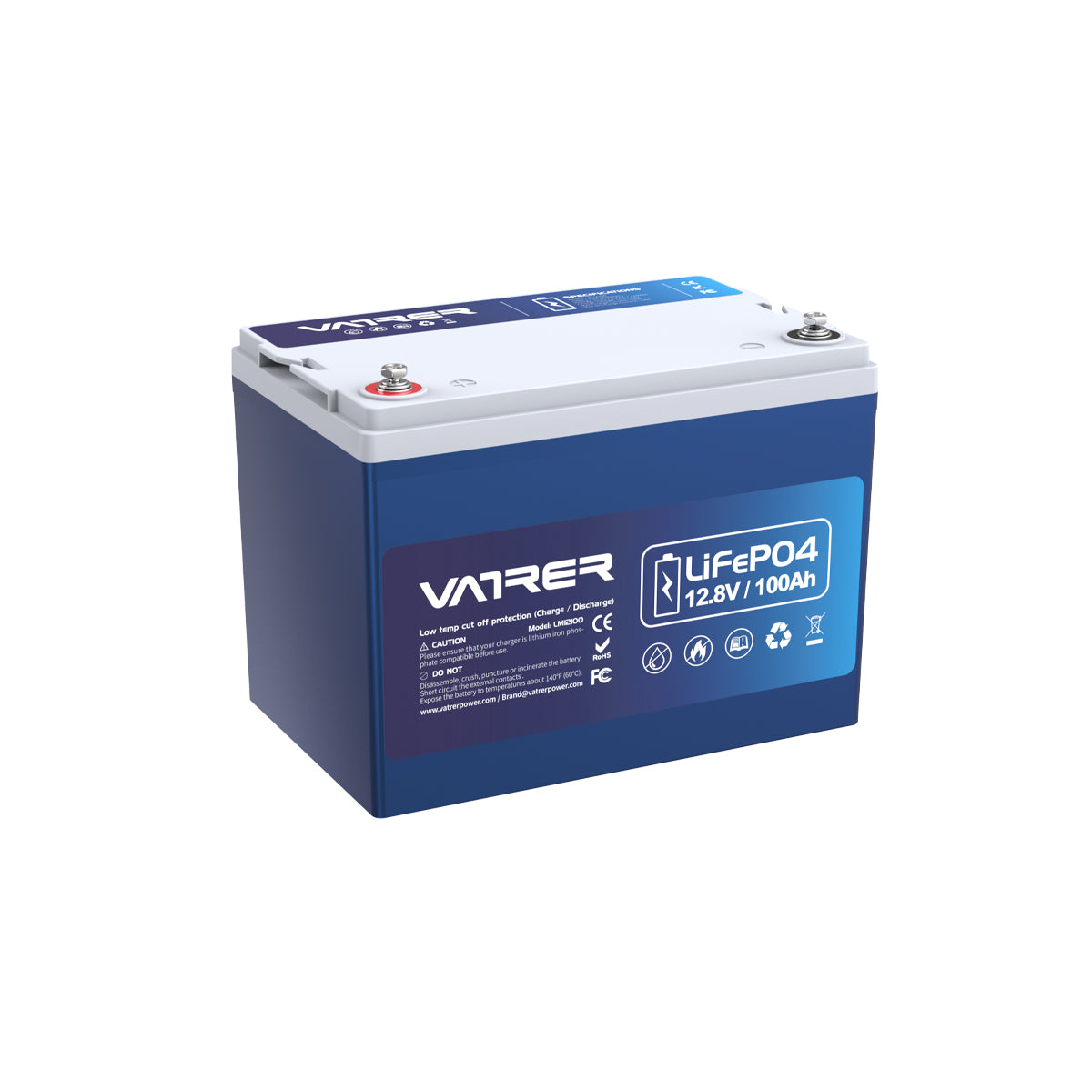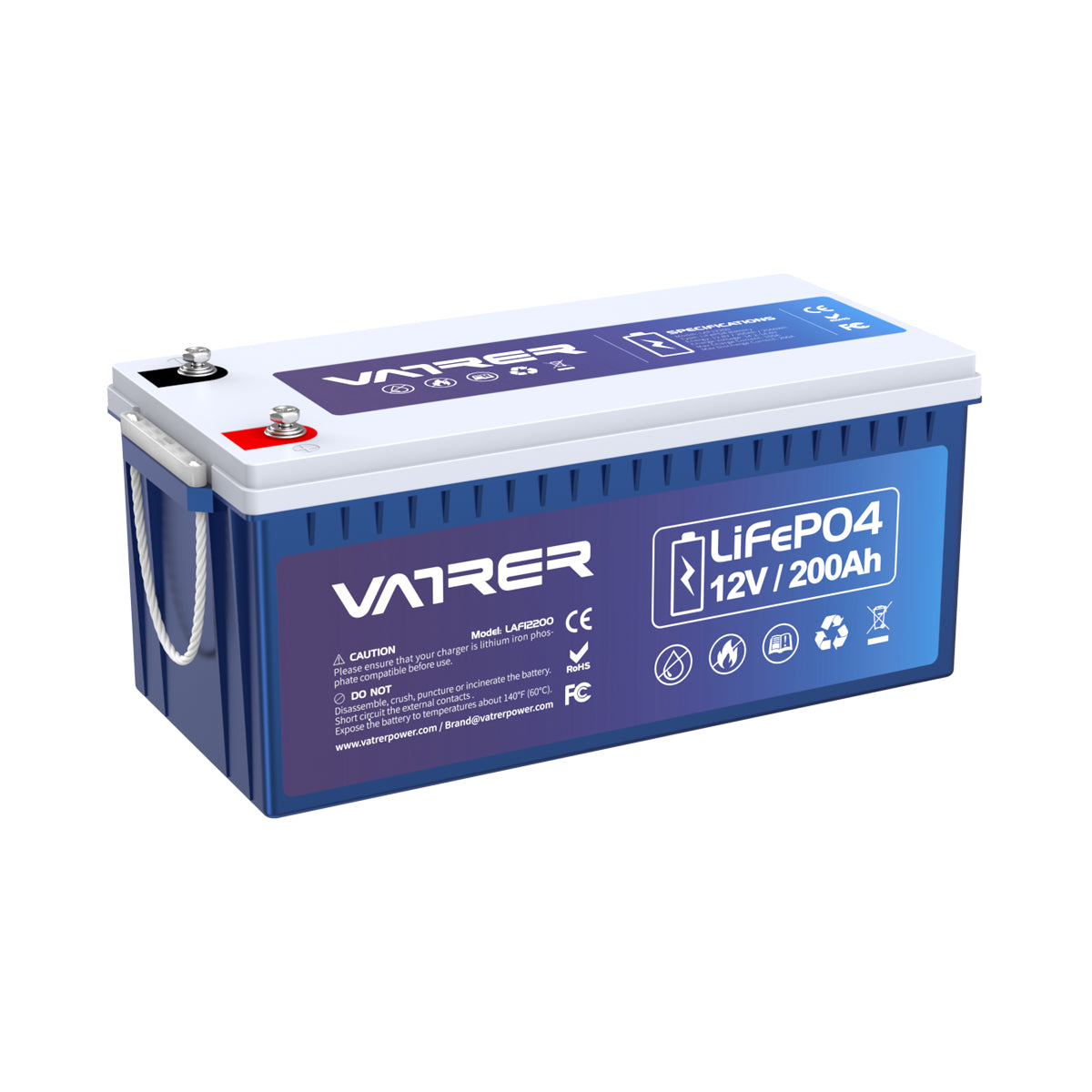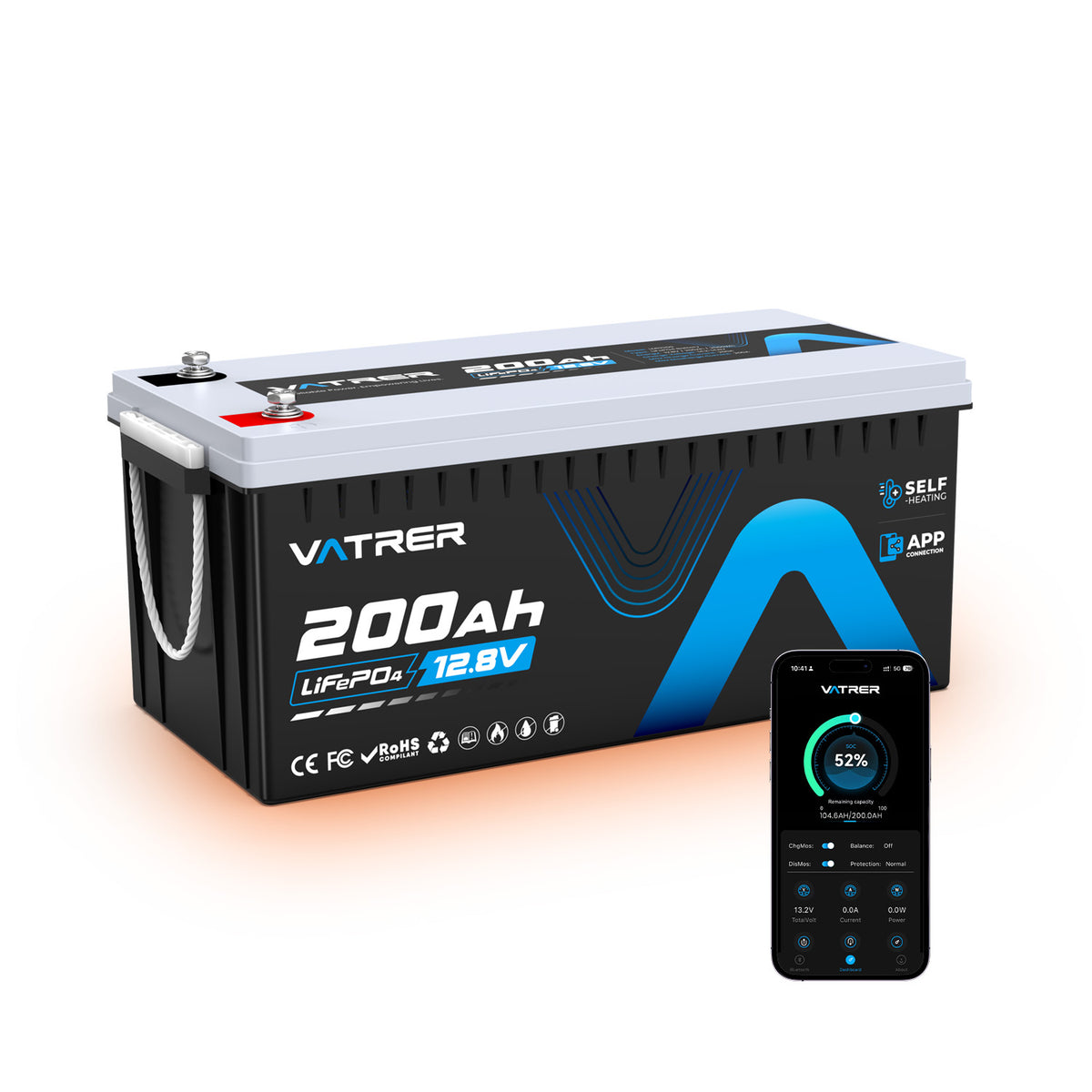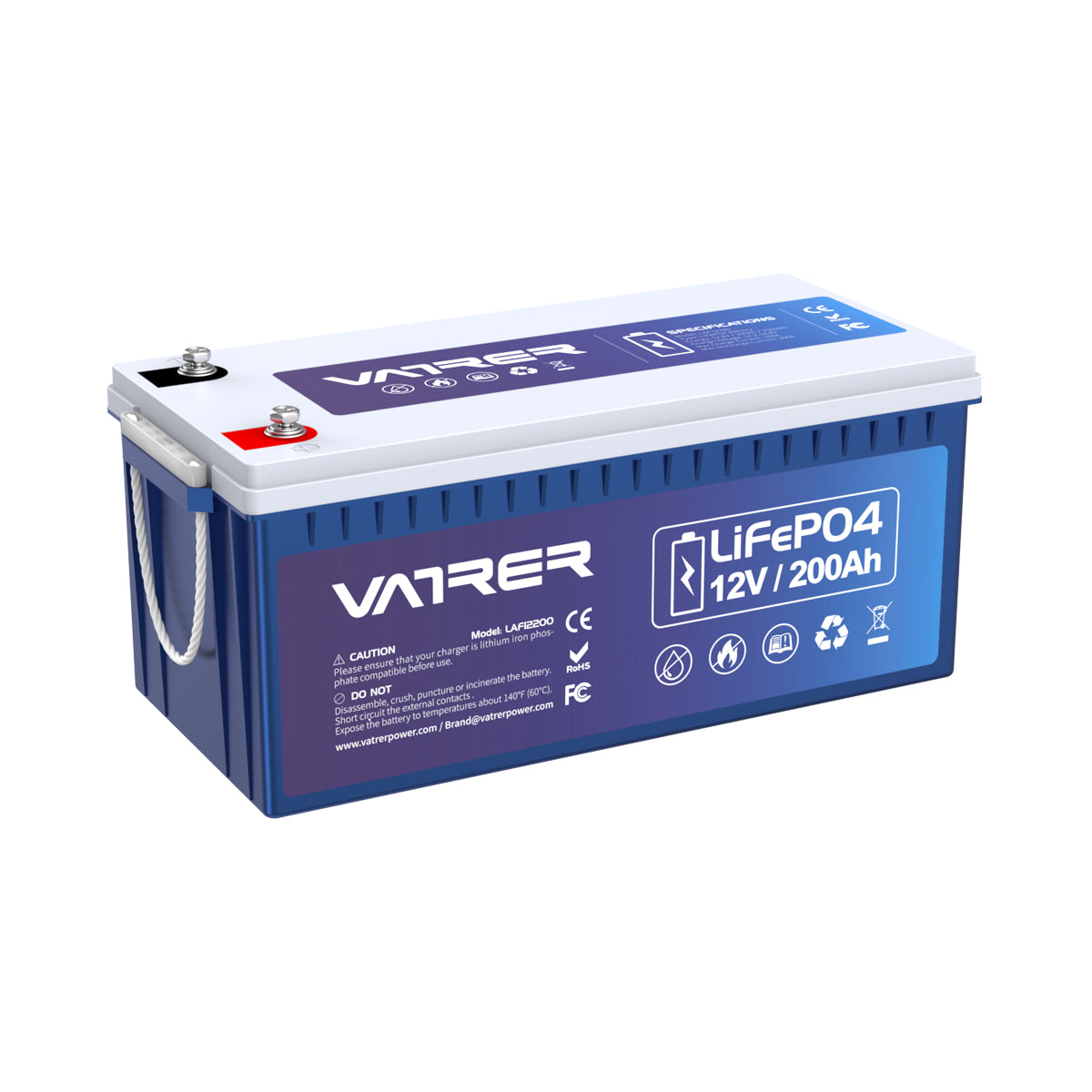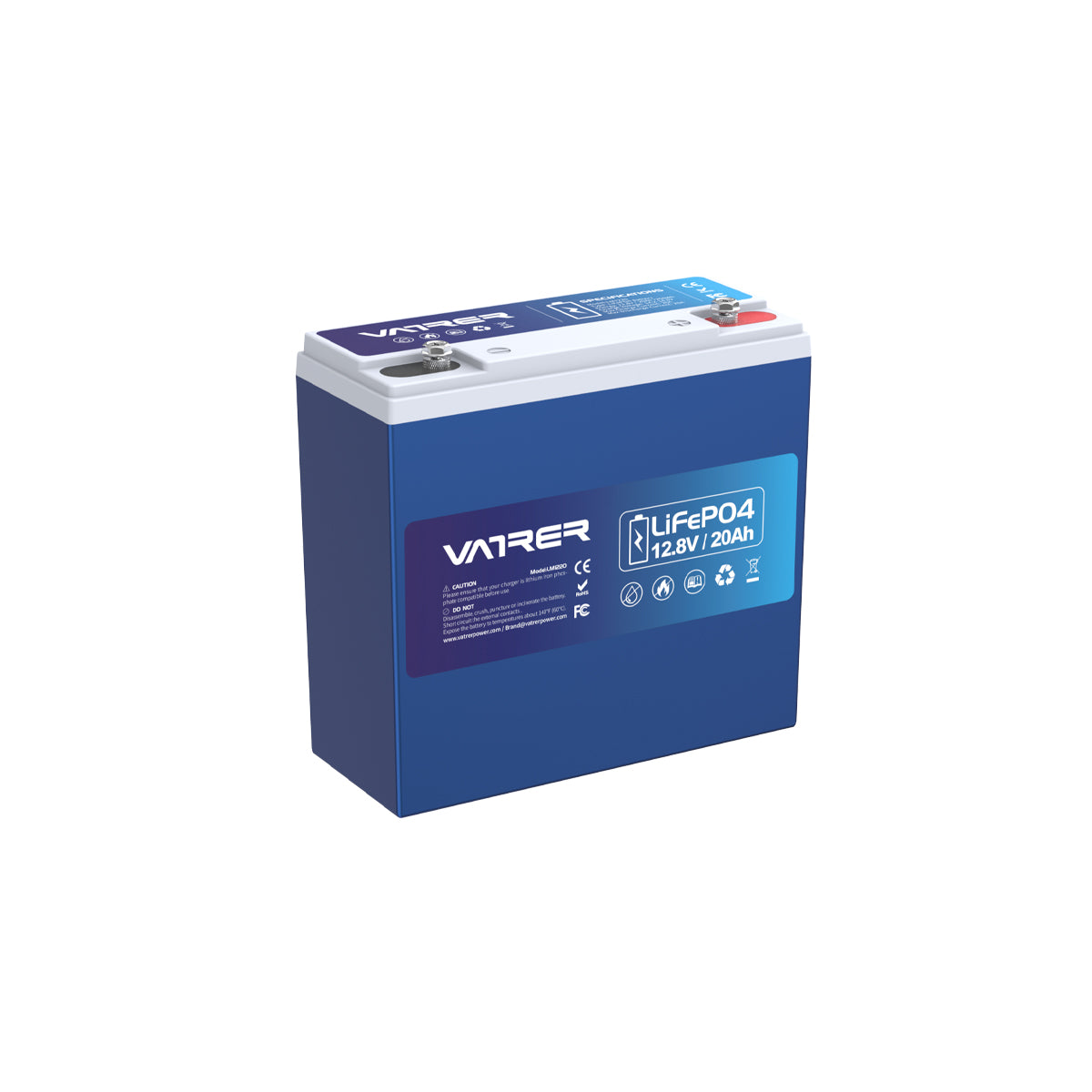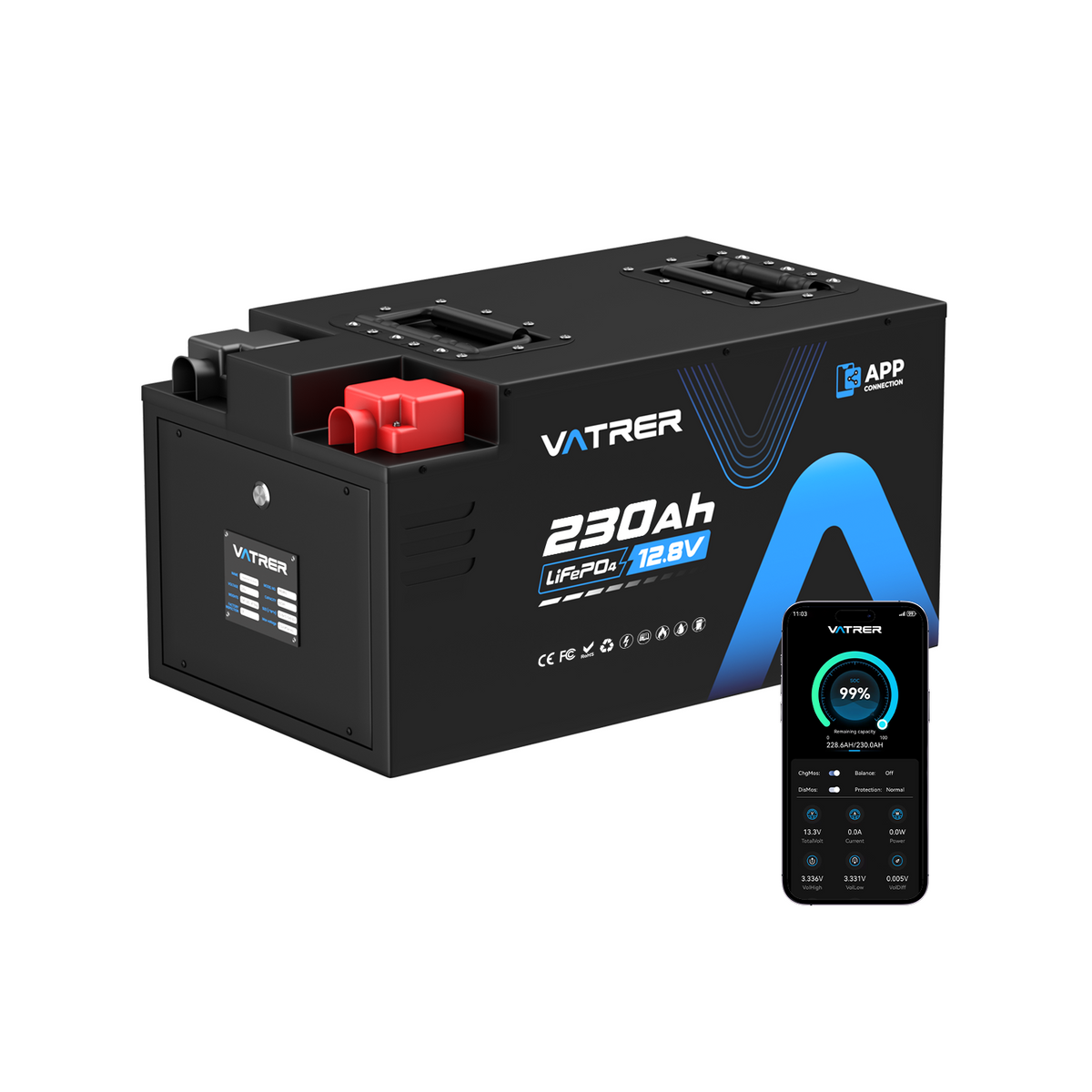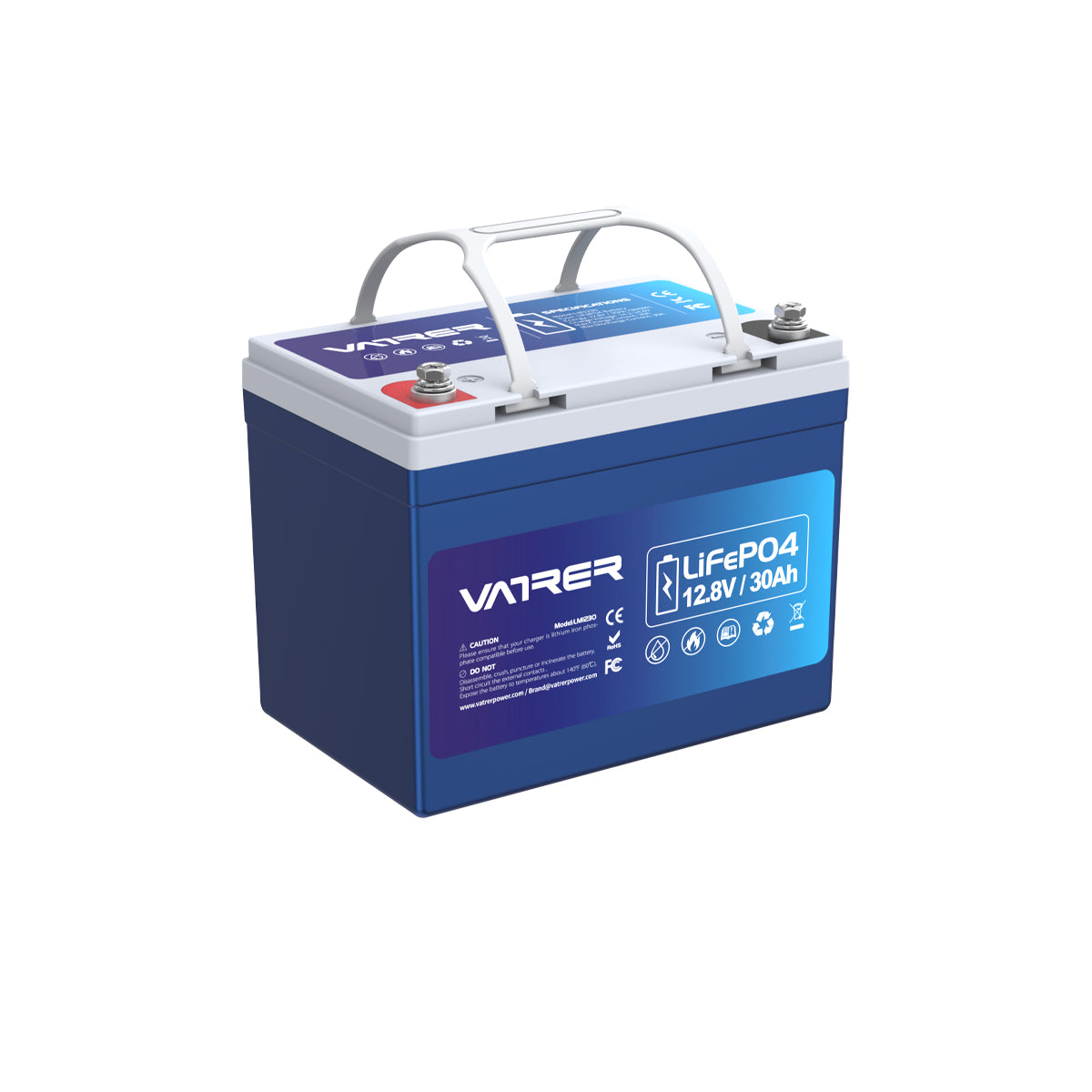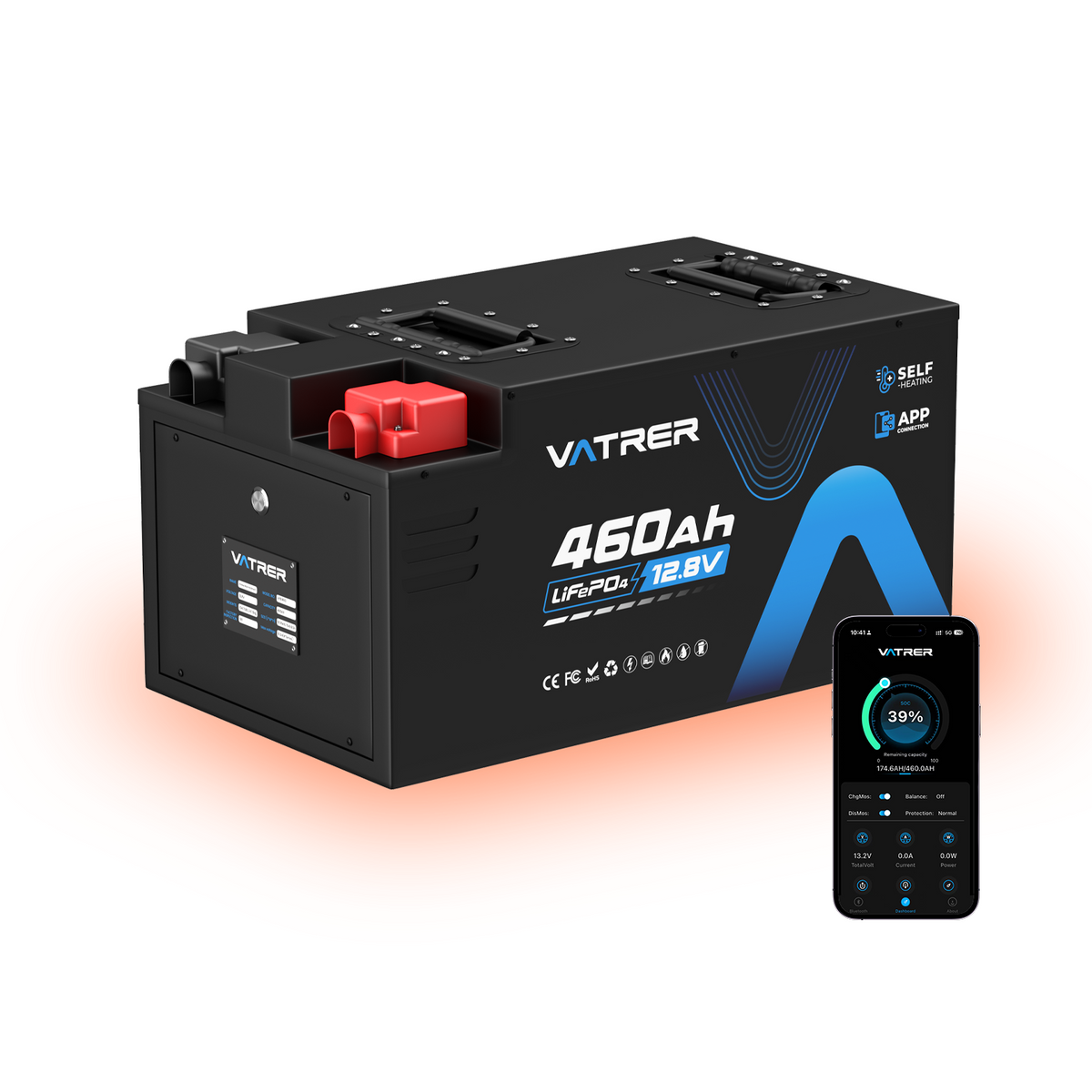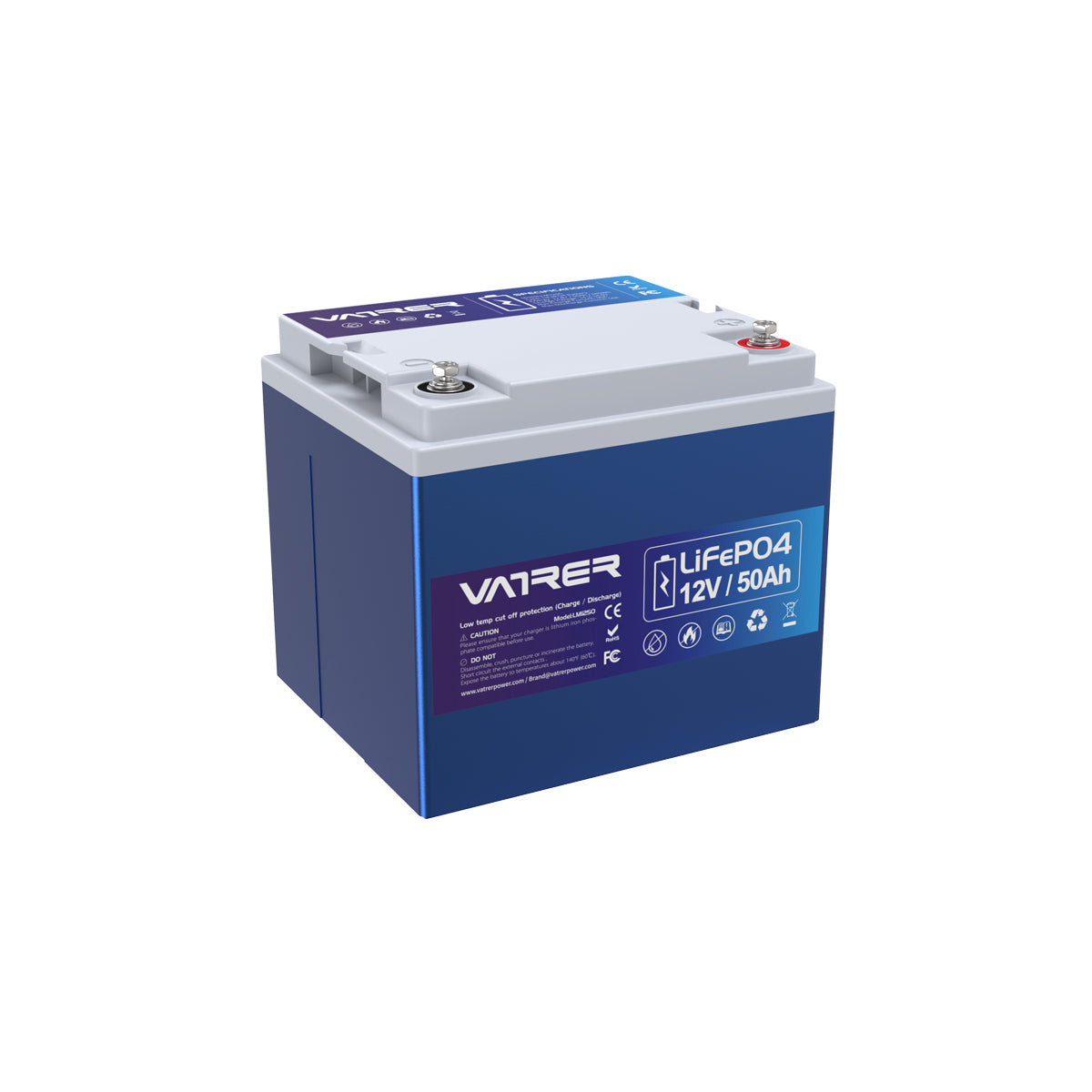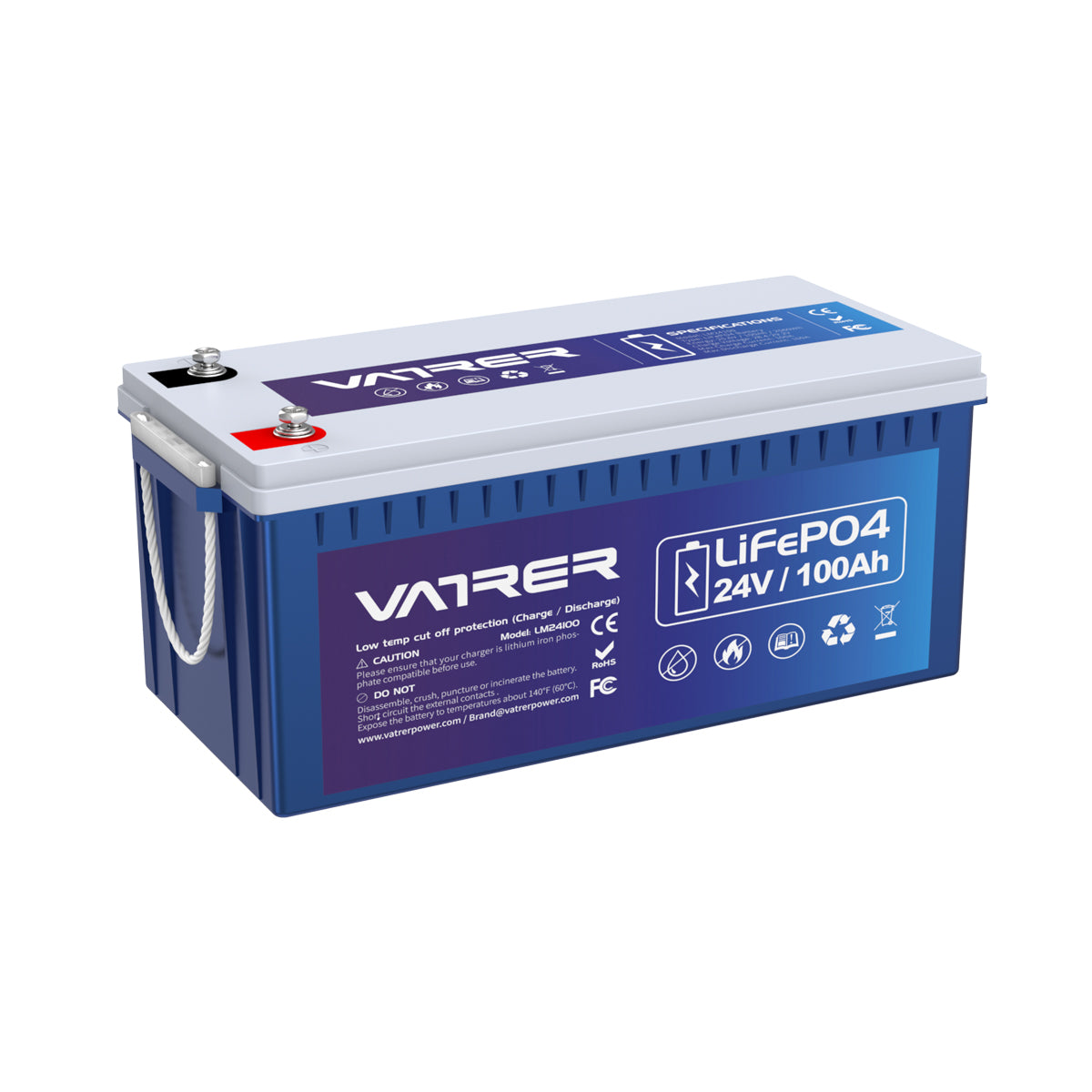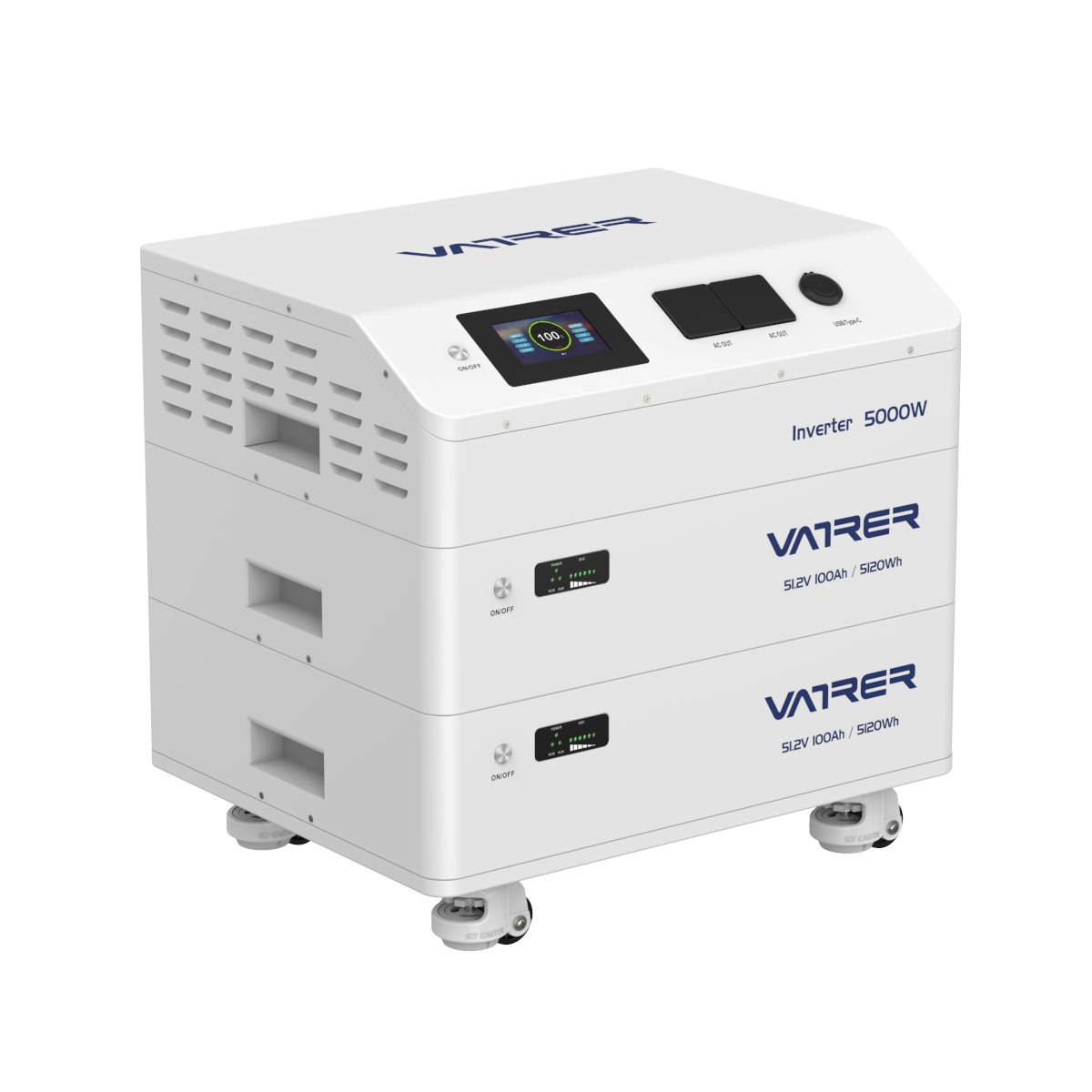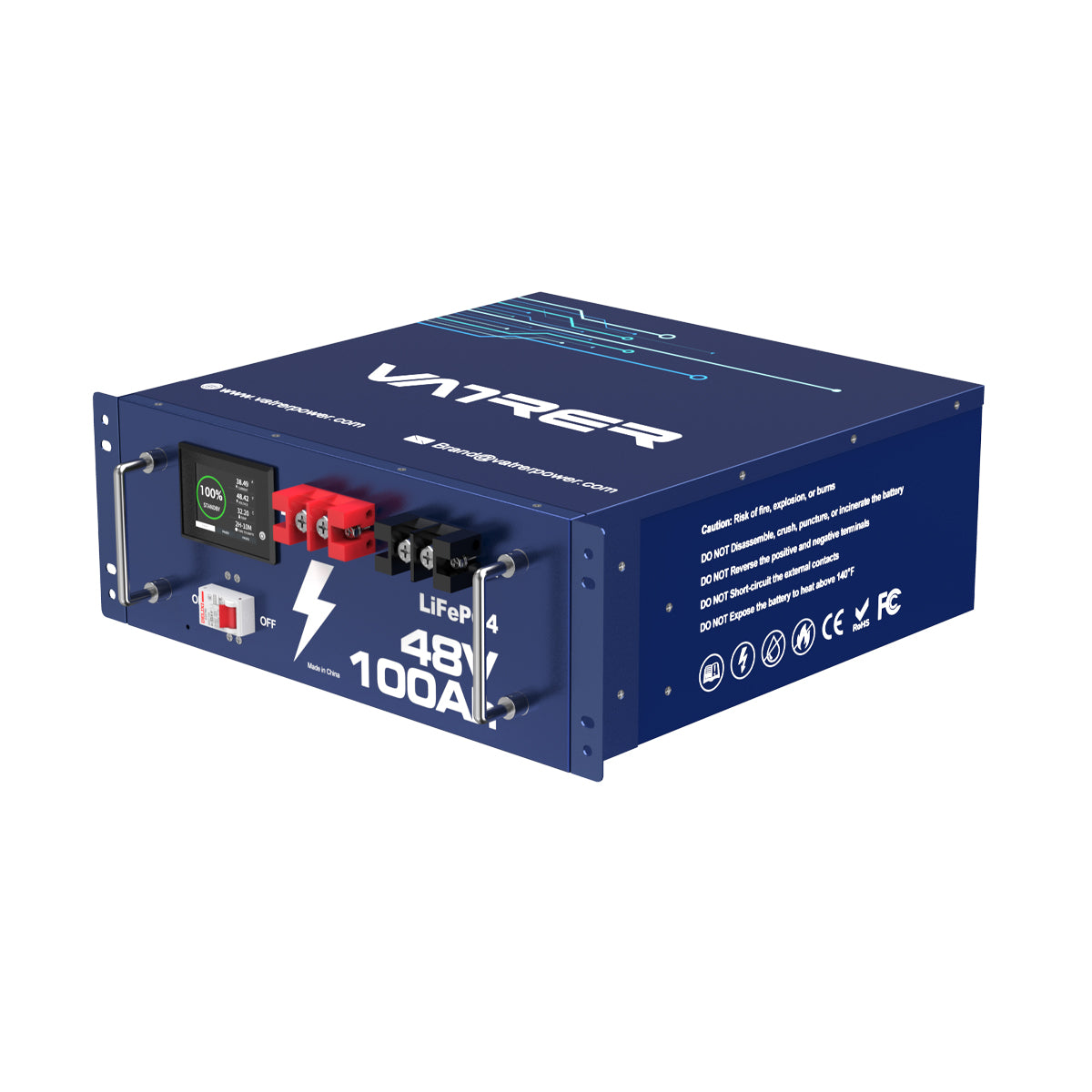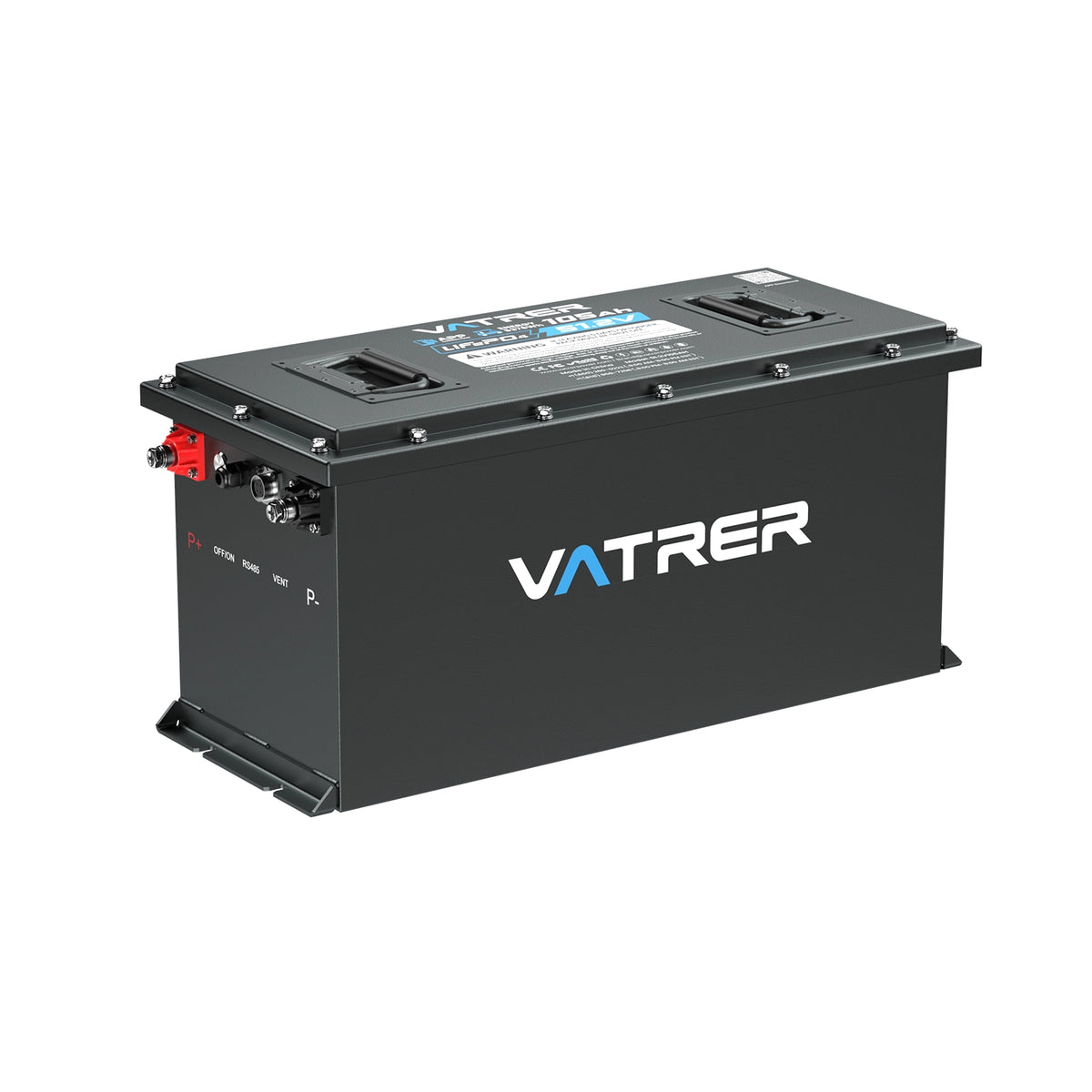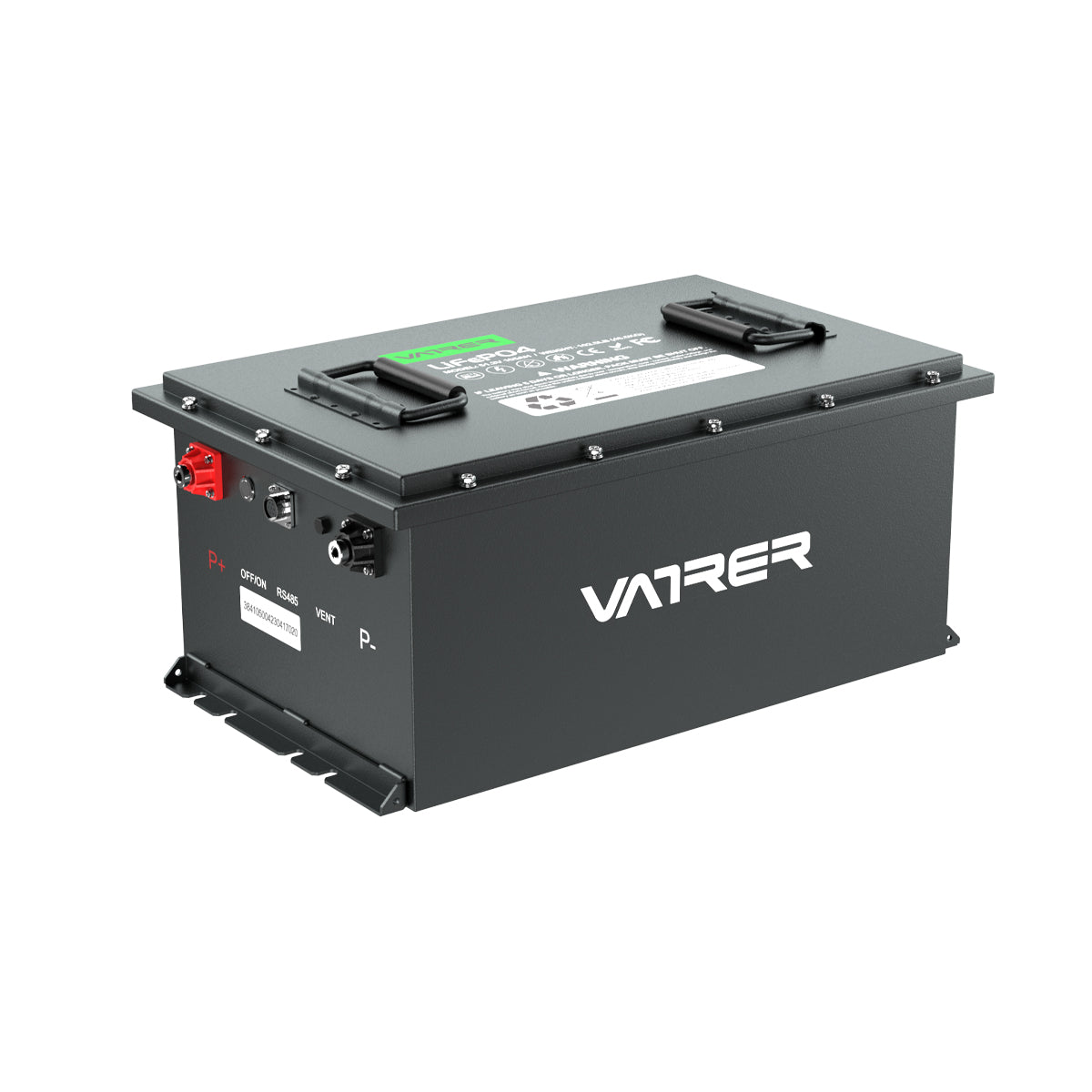Table of Contents
- Understanding the Basics of Car Batteries
- Tools You Will Need
- Step-by-Step Guide to Jump-Starting Your Car
- Step 1: Position the Vehicles
- Step 2: Connect the Jumper Cables
- Step 3: Start the Working Vehicle
- Step 4: Start the Dead Vehicle
- Step 5: Disconnect the Jumper Cables
- Step 6: Let the Engine Run
- Safety Tips to Keep in Mind
- Troubleshooting Common Issues
- Conclusion
Jumping a car battery is a skill every driver should master. Whether you find yourself in a parking lot or at home, knowing how to jump-start your vehicle can save you time and frustration. In this guide, we will provide you with detailed steps, safety tips, and troubleshooting advice to ensure you can jump your car battery effectively and safely.
Understanding the Basics of Car Batteries
Car batteries are essential components of your vehicle's electrical system. They provide the necessary power to start the engine and run electrical accessories. A dead battery can result from various factors, including leaving lights on, extreme weather conditions, or a failing alternator. Recognizing the signs of a dead battery, such as dimming headlights or a slow engine crank, is crucial for timely intervention.
Tools You Will Need
Before attempting to jump-start your car, gather the following tools:
-
Jumper cables: Ensure they are in good condition and long enough to reach both vehicles.
-
Another vehicle with a functional battery: This can be a friend’s car or a roadside assistance vehicle.
-
Safety gloves and goggles: Protect yourself from potential sparks or battery acid.
Step-by-Step Guide to Jump-Starting Your Car

Step 1: Position the Vehicles
- Park the vehicles: Position the working vehicle close to the dead vehicle, ensuring they do not touch.
- Turn off both vehicles: Ensure both engines are off, and all electrical accessories are turned off.
Step 2: Connect the Jumper Cables
-
Identify the battery terminals: Locate the positive (+) and negative (-) terminals on both batteries.
-
Connect the red cable:
- Attach one end of the red jumper cable to the positive terminal of the dead battery.
- Connect the other end to the positive terminal of the working battery.
-
Connect the black cable:
- Attach one end of the black jumper cable to the negative terminal of the working battery.
- Connect the other end to a grounded metal surface on the dead vehicle (not the negative terminal) to prevent sparks.
Step 3: Start the Working Vehicle
- Start the engine of the working vehicle and let it run for a few minutes. This allows the dead battery to charge.
Step 4: Start the Dead Vehicle
- Attempt to start the dead vehicle. If it doesn’t start immediately, wait a few more minutes and try again.
Step 5: Disconnect the Jumper Cables
- Remove the black cable: Start by disconnecting the black cable from the grounded surface of the dead vehicle, then from the working battery.
- Remove the red cable: Disconnect the red cable from the working battery, followed by the dead battery.
Step 6: Let the Engine Run
- Keep the revived vehicle running for at least 20 minutes to allow the battery to recharge fully.

Safety Tips to Keep in Mind
-
Avoid contact with battery acid: If you notice any corrosion or leaks, handle the battery with care.
-
Do not lean over the battery: This minimizes the risk of injury from sparks.
-
Follow the correct order of connections: Always connect positive first, then negative, and disconnect in reverse order.
Troubleshooting Common Issues
If your vehicle does not start after following the steps above, consider the following:
-
Check the connections: Ensure all cables are securely attached and not touching each other.
-
Inspect the battery: Look for signs of damage or corrosion.
-
Consider the alternator: If the battery is repeatedly dying, the alternator may need inspection.
Video: How to Jump-Start a Vehicle - Les Schwab
Conclusion
Jump-starting a car battery is a straightforward process that can be accomplished with the right knowledge and tools. By following the steps outlined in this guide, you can confidently tackle a dead battery situation. Remember to prioritize safety and perform regular maintenance on your vehicle’s battery to prevent future issues.



